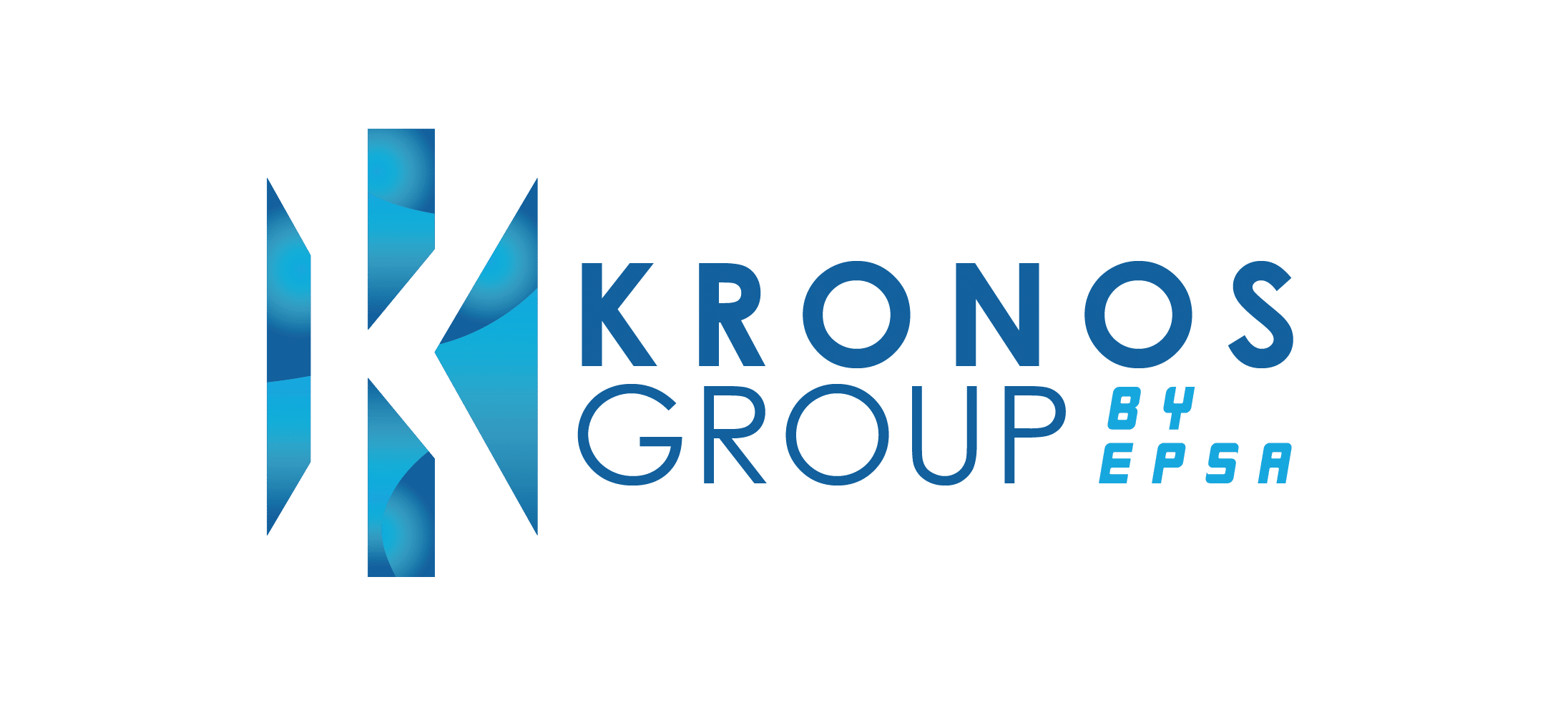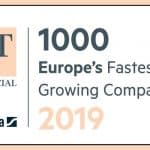How to make use of a procurement agency to build a resilient supply chain in the face of climate change

Summary
Supply chains in the business world are increasingly vulnerable to disruptions caused by climate factors. However, supply chains are often neglected during decision-making processes that prioritise immediate cost-cutting and revenue growth. The impact of neglecting the supply chain during decision-making has significant consequences for companies, including production delays, low inventory levels, and financial setbacks.
Procurement agencies play a crucial role in reducing these uncertainties and strengthening the resilience of supply chains. Procurement agencies contribute to building resilient supply chains in the face of climate change through collaboration with suppliers and investment in resilient infrastructure, demonstrating their ability to drive transformative initiatives.
To proactively address climate-related risks, procurement agencies can implement measures such as conducting comprehensive risk assessments, diversifying supplier bases, and promoting sustainable procurement practices. Incorporating climate resilience into procurement practices enhances brand reputation and ensures compliance with evolving regulations.
85% of companies report that supply chains are vulnerable to climate-related disruptions, which tend to affect their operations, as many procurement studies have stated. Global supply chains face complex challenges due to climate change. Extreme weather conditions, such as hurricanes, floods, wildfires, and storms, disrupt transportation networks and harm infrastructure, resulting in delays in production and interruptions in distribution.
A majority of companies acknowledge the impact of climate change on their operations, emphasising the financial and operational risks associated with climate-related disruptions, which has resulted in a pivotal focus on understanding and quantifying these risks, recognising the substantial impact on various sectors.
The World Bank estimates that climate change could lead to a 20% decline in global GDP by 2050. The toll that climate change has on business processes tends to heavily impact quality, business reputation, efficiency, productivity, and deadlines. Altered precipitation patterns contribute to water scarcity in industries that require high amounts, affecting production and supply chain efficiency. Rising temperatures and heat waves decrease worker productivity and hinder logistics, particularly in areas without adequate cooling infrastructure. Climate-related incidents like wildfires, droughts, and rising sea levels disrupt essential nodes in the supply chain, causing inventory shortages and increased expenses.
As resource scarcity intensifies, limiting access to materials like power, energy, and water supply chain shortages and price fluctuations are a natural occurrence. These supply-related challenges are further compounded by strict regulations, growing demand for sustainability, and the complex nature of interconnected supply networks.
In this blog, we will address these climate change obstacles, how businesses must proactively implement risk management measures and adapt their strategies to ensure supply chain resilience, and how a procurement agency can help in this aspect.
Why are supply chains often neglected during decision-making?
Only 29% of supply chain executives believe that their companies are extremely or very effective at managing supply chain risk, indicating a lack of attention to supply chain resilience.
The disregard of supply chain considerations can be attributed to a lack of awareness or comprehension regarding the immense implications that climate change can have on supply chain operations. Decision makers may not fully grasp the degree to which supply chains are susceptible to business risks associated with climate change.
Another contributing factor for supply chains to be neglected during decision-making is the tendency to prioritise immediate cost savings or revenue generation over long-term investments in fortifying supply chain resilience. This shortsighted approach can result in inadequate funding for necessary risk mitigation measures and initiatives aimed at strengthening overall supply resilience.
Organisations often compartmentalise supply chain considerations among different departments or functions, resulting in fragmented management. This can impede coordination and collaboration and hinder the integration of supply chain factors into decision-making processes.
What is the impact of neglecting the supply chain during decision-making?
70% of organisations experienced at least one supply chain disruption in 2020, highlighting the pervasive nature of supply chain risks and the need for proactive risk management strategies, as per research done by the Business Continuity Institute (BCI).
Neglecting supply chain considerations during decision-making can leave companies vulnerable to disruptions, resulting in production delays, inventory shortages, customer dissatisfaction, and financial losses.
Let us take a look at a situation where businesses had to encounter these impacts.
In September 2017, Puerto Rico was hit by Hurricane Maria, a Category 4 storm, causing significant damage to the island’s infrastructure and pharmaceutical manufacturing facilities. Puerto Rico plays a crucial role in the pharmaceutical industry, producing a substantial amount of essential medicines. However, the hurricane’s aftermath, including power outages, facility damage, and logistical challenges, disrupted the production and distribution of vital medications.
This disruption resulted in shortages of essential drugs across the United States. This hurts medical facilities, pharmacies, and individuals who rely on these medications. Patients faced difficulties in accessing life-saving therapies, while healthcare professionals struggled with inventory shortages and had to explore alternative procurement methods.
How can a procurement agency help mitigate climate-related risks and enhance supply chain resilience?
Conduct climate risk assessments
Regularly assess and map climate-related risks across the supply chain. Identify essential providers and geographical areas vulnerable to severe weather events, water scarcity, and other climate change impacts. Develop risk profiles and prioritise mitigation efforts for high-risk areas.
Diversify the supplier base
Reduce reliance on a single supplier or region by diversifying the supplier base. Source from multiple suppliers in different geographic areas to spread risk. Develop local sourcing strategies to minimise the impact of global disruptions.
Implement sustainable procurement practices
Integrate environmental, social, and governance (ESG) criteria into procurement decisions. Prioritise suppliers with strong sustainability practices and certifications. Encourage suppliers to adopt renewable energy, reduce emissions, and improve resource efficiency.
Enhance supply chain visibility
Utilise advanced technologies like blockchain and analytics to increase real-time visibility into supply chain operations. Monitor environmental conditions, supplier performance, and inventory levels. Implement early warning systems to detect and respond to disruptions promptly.
Develop contingency plans
Create comprehensive contingency measures for various climate-related situations, such as natural disasters, extreme weather events, and resource scarcity. Establish clear protocols for communication, decision-making, and resource allocation during disruptions. Regularly test and update contingency plans for effectiveness.
Collaborate with suppliers
Work closely with suppliers to identify and address climate-related risks. Share best practices, provide training, and support suppliers in implementing resilience measures. Foster long-term partnerships focused on mutual growth and sustainability.
Invest in resilient infrastructure
Encourage suppliers to invest in infrastructure and technologies that can withstand climate impacts. Support the establishment of adaptive logistics networks, including flexible transportation routes and storage facilities. Advocate for infrastructure improvements in vulnerable regions to enhance overall supply chain resilience.
Engage in policy advocacy
Advocate for policies and regulations that promote climate resilience and sustainable practices. Participate in industry associations and collaborate with stakeholders to drive systemic change. Support initiatives to reduce carbon emissions, protect natural resources, and promote climate adaptation.
Promote circular economy practices
Implement circular economy principles to reduce waste and enhance resource efficiency. Encourage the use of recycled materials, product life extension, and sustainable packaging. Develop reverse logistics systems to manage product returns, recycling, and refurbishment.
Monitor and report progress
Establish metrics and KPIs to measure the effectiveness of climate risk mitigation efforts. Regularly report on progress, challenges, and achievements to stakeholders. Continuously review and improve strategies based on feedback and evolving climate risks.
Here is how Walmart utilised the services of a procurement agency to build resilient supply chains in the face of climate change.
Walmart, one of the world’s largest retailers, recognised the importance of addressing climate change risks in its supply chain. In 2005, the company launched its Sustainable Sourcing Program to promote ecological sustainability throughout its supply chain.
Key strategies and actions
- Walmart collaborated with suppliers to implement sustainable sourcing strategies, including reducing carbon emissions, conserving natural resources, and minimising waste.
- The company established procurement guidelines and standards for suppliers to follow regarding environmental efficiency, ethical sourcing, and transparency in the supply chain.
- Walmart utilised advanced data analysis and supply chain monitoring tools to guide decision-making, monitor supplier performance, identify climate-related risks, and allocate resources for resilience.
- The company built long-term partnerships with suppliers committed to sustainability, offering incentives and support for continuous improvement and innovation.
Results
- Between 2010 and 2015, Walmart’s Sustainable Sourcing Program successfully reduced over 20 million metric tons of greenhouse gas emissions from its supply chain.
- The company achieved significant cost savings and operational efficiency by improving energy efficiency, reducing waste, and implementing product innovation.
- Walmart’s leadership in sustainable sourcing inspired other retailers and industry stakeholders to adopt similar initiatives, leading to a broader transformation towards climate resilience in the industry.
Lessons learned:
- Collaboration with suppliers is crucial for implementing sustainable sourcing practices and building supply chain resilience.
- Data-driven decision-making and supply chain visibility are essential for effectively identifying and mitigating climate-related risks.
- Long-term, collaborative relationships based on shared principles and objectives can drive continuous improvement and innovation in supply chain sustainability.
Build a resilient supply chain in the face of climate change with Kronos Group
In the face of increasing climate-related disruptions, ensuring the resilience and sustainability of your supply chain is more critical than ever. Partner with Kronos Group to leverage their expertise in sustainable procurement, supplier collaboration, and advanced data analytics with procurement consulting.
Your organisation can enhance its supply chain resilience against climate change, ensuring sustainability and operational stability in the long term. Do not wait until disruptions impact your operations. Act now to ensure your supply chain’s resilience and sustainability with Kronos Group.
FAQs
Setting clear sustainability criteria in procurement contracts, offering incentives for eco-friendly initiatives, providing supplier education on climate risks, and fostering long-term partnerships based on shared environmental goals can encourage suppliers to adopt sustainable practices.
By diversifying suppliers geographically, incorporating climate risk assessments into supplier evaluations, promoting sustainable sourcing practices, and fostering innovation in eco-friendly technologies.
Benefits include reduced operational disruptions, enhanced brand reputation through sustainability efforts, cost savings from efficient resource use, and compliance with evolving environmental regulations.



